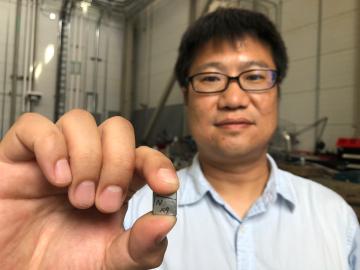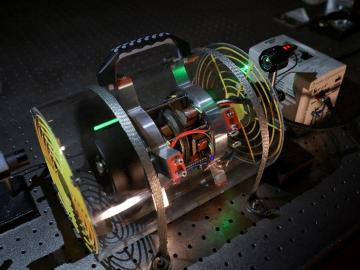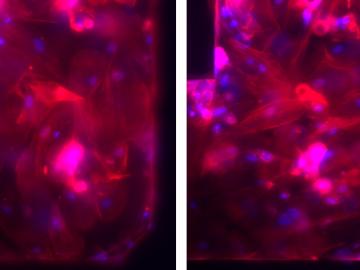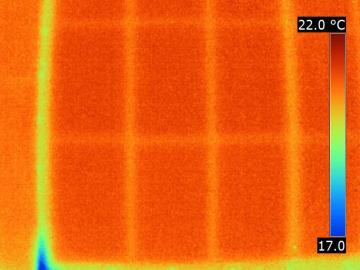
Filter News
Area of Research
- Advanced Manufacturing (1)
- Biological Systems (1)
- Biology and Environment (4)
- Building Technologies (2)
- Clean Energy (30)
- Climate and Environmental Systems (2)
- Computer Science (1)
- Energy Sciences (1)
- Fossil Energy (1)
- Fusion Energy (4)
- Materials (21)
- Materials for Computing (1)
- National Security (5)
- Neutron Science (11)
- Nuclear Science and Technology (8)
- Nuclear Systems Modeling, Simulation and Validation (2)
- Supercomputing (11)
News Type
Date
News Topics
- 3-D Printing/Advanced Manufacturing (4)
- Advanced Reactors (6)
- Artificial Intelligence (1)
- Big Data (3)
- Biology (2)
- Biomedical (8)
- Clean Water (1)
- Climate Change (5)
- Computer Science (9)
- Coronavirus (3)
- Critical Materials (1)
- Energy Storage (8)
- Environment (10)
- Frontier (1)
- Fusion (4)
- Grid (4)
- Isotopes (2)
- Machine Learning (3)
- Materials Science (11)
- Mercury (1)
- Microscopy (3)
- Molten Salt (4)
- Nanotechnology (5)
- Neutron Science (7)
- Nuclear Energy (9)
- Physics (1)
- Polymers (4)
- Security (1)
- Space Exploration (1)
- Summit (3)
- Sustainable Energy (8)
- Transportation (7)
Media Contacts

Self-driving cars promise to keep traffic moving smoothly and reduce fuel usage, but proving those advantages has been a challenge with so few connected and automated vehicles, or CAVs, currently on the road.
Physicists turned to the “doubly magic” tin isotope Sn-132, colliding it with a target at Oak Ridge National Laboratory to assess its properties as it lost a neutron to become Sn-131.

Oak Ridge National Laboratory scientists have devised a method to control the heating and cooling systems of a large network of buildings for power grid stability—all while ensuring the comfort of occupants.




Scientists from the Critical Materials Institute used the Titan supercomputer and Eos computing cluster at ORNL to analyze designer molecules that could increase the yield of rare earth elements found in bastnaesite, an important mineral

Vacuum insulation technology called modified atmosphere insulation, or MAI, could be a viable solution for improving the energy performance of buildings, based on a study by Oak Ridge National Laboratory and industry partners.

Computer scientists at Oak Ridge National Laboratory have developed an open source software platform that allows quantum programs to run on multiple quantum computers regardless of their unique architecture.

An Oak Ridge National Laboratory-led team used a scanning transmission electron microscope to selectively position single atoms below a crystal’s surface for the first time.


